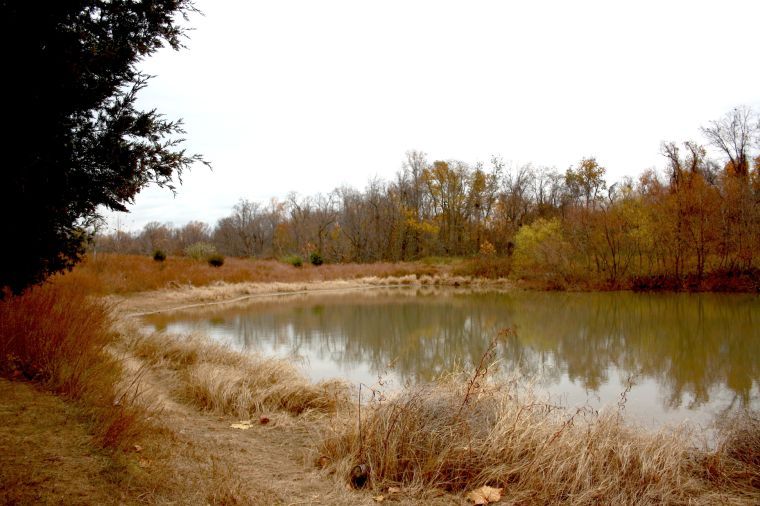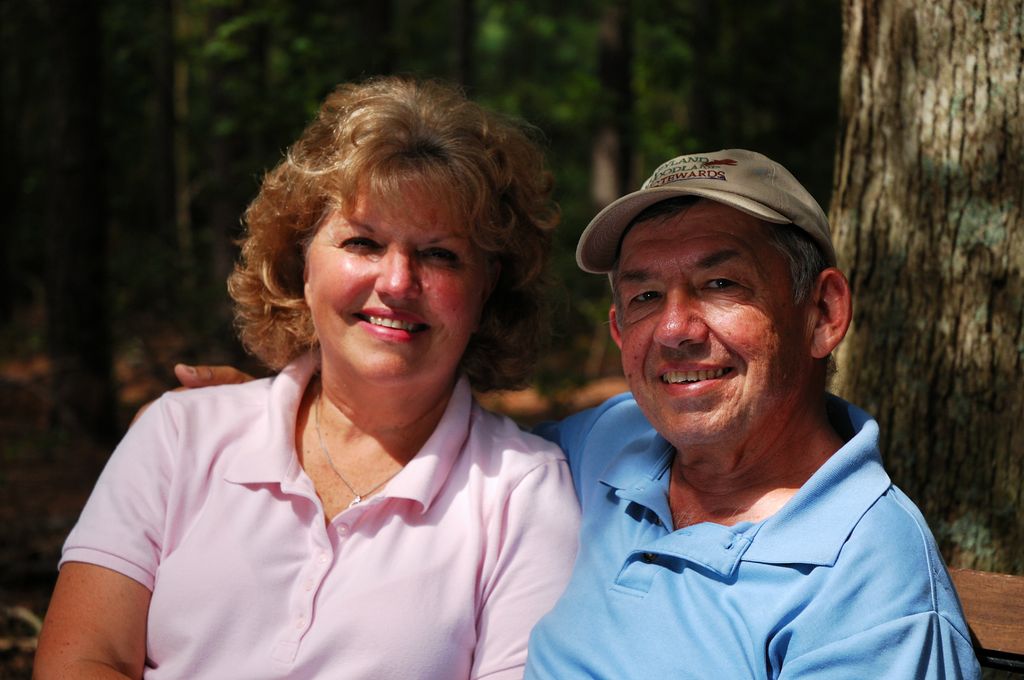Land and a beetle, preserved
Eastern Shore Land Conservancy this year helped protect more than 170 acres on Girl Scouts of the Chesapeake Bay’s Camp Grove Point in Earleville. The property’s 2,200 feet of eroding cliffs at the mouth of the Sassafras River provide unique habitat needed by the federally threatened Puritan tiger beetle, a creature smaller than the tip of a fingernail yet a fierce predator in the insect world. “We are taking a significant step forward in recovering the Puritan tiger beetle, whose largest global population is found in the Chesapeake Bay in Maryland,” said Genevieve LaRouche, Supervisor, U.S. Fish and Wildlife Service Chesapeake Bay Field Office. “This partnership illustrates the important role of local groups and landowners in the conservation of our rare native wildlife.” Every year, hundreds of Girl Scouts attend day and residential summer camps and participate in troop camping throughout the year. “Good stewardship of our land is an important part of Girl Scouting,” said Anne T. Hogan, CEO of Girl Scouts of Chesapeake Bay. “Rich with diverse wetlands and upland forests of oak, tulip poplar, beech and hickory, the new easement will permanently protect the area’s sensitive ecosystem,” said Maryland Department of Natural Resources Secretary Joe Gill. “By preserving this critical landscape we can help guarantee the future of the Puritan tiger beetle, as well as … osprey, eagle, deer, fox and many migratory songbirds.” Permanent protection of this land will help meet one of the federal criteria required for recovery of this species—to stabilize six large sub-populations and their habitats in the Chesapeake Bay. With the protections on the Girl Scout property, four sub-populations will be protected in Maryland. “Preservation of this property not only means protection of a unique ecological site,” said Jared Parks, Eastern Shore Land Conservancy Land Protection Specialist. “It preserves a place where generations of girls can go to explore the outdoors and learn about nature with









